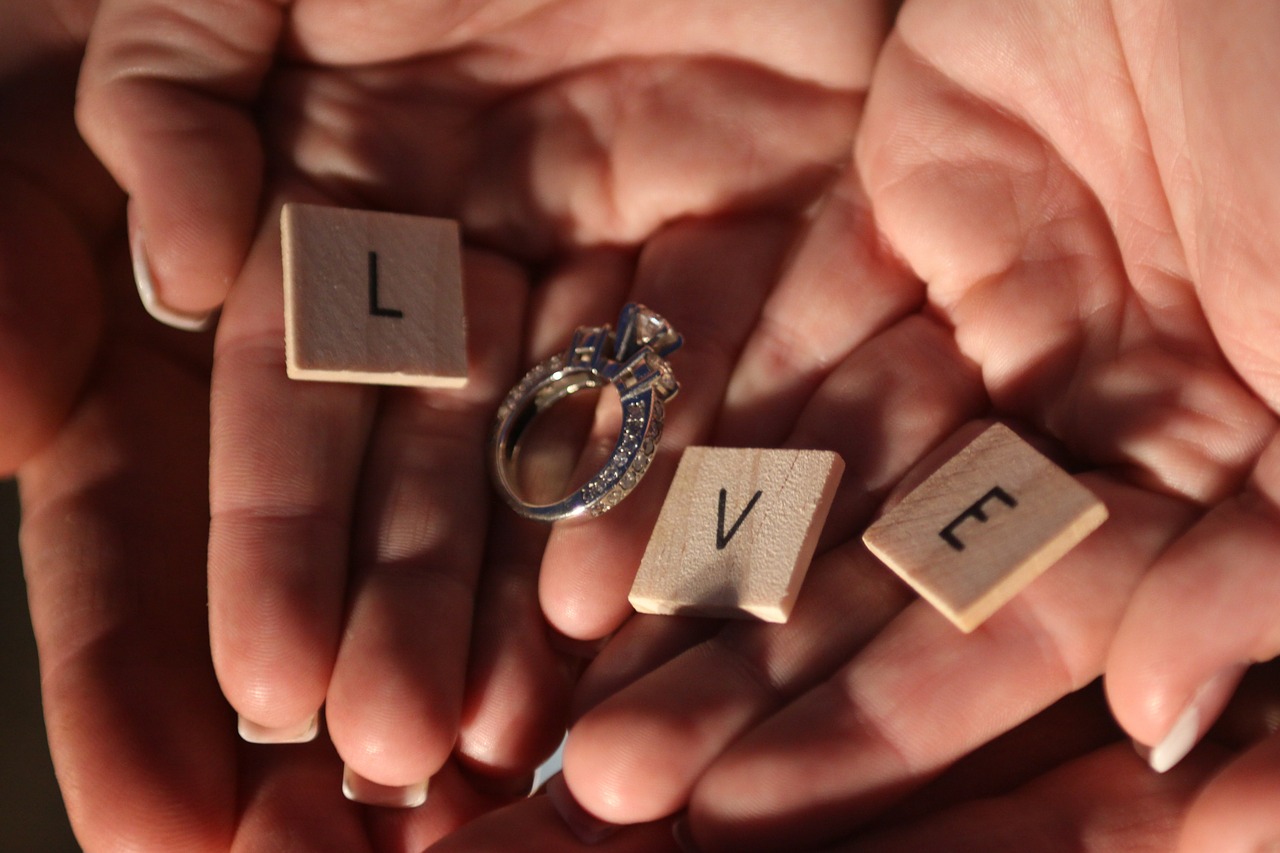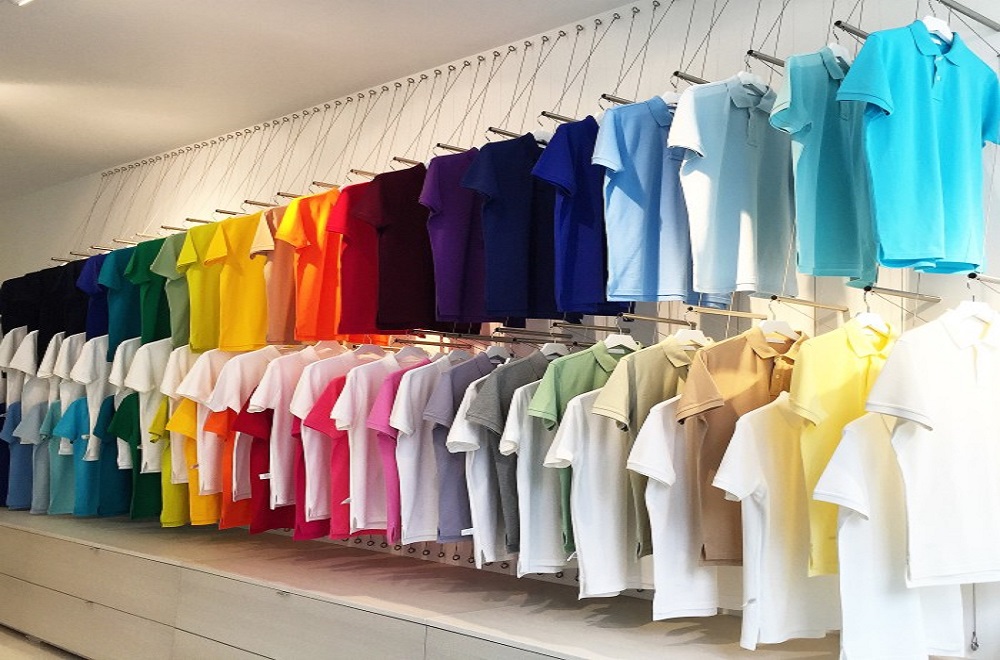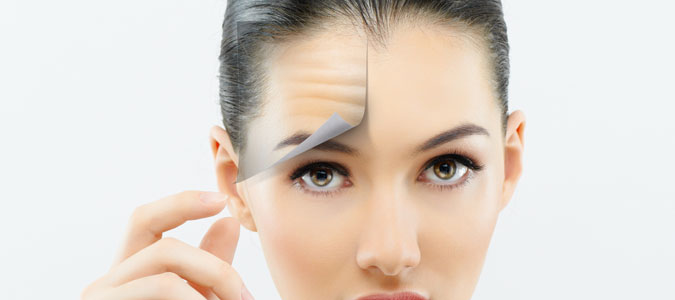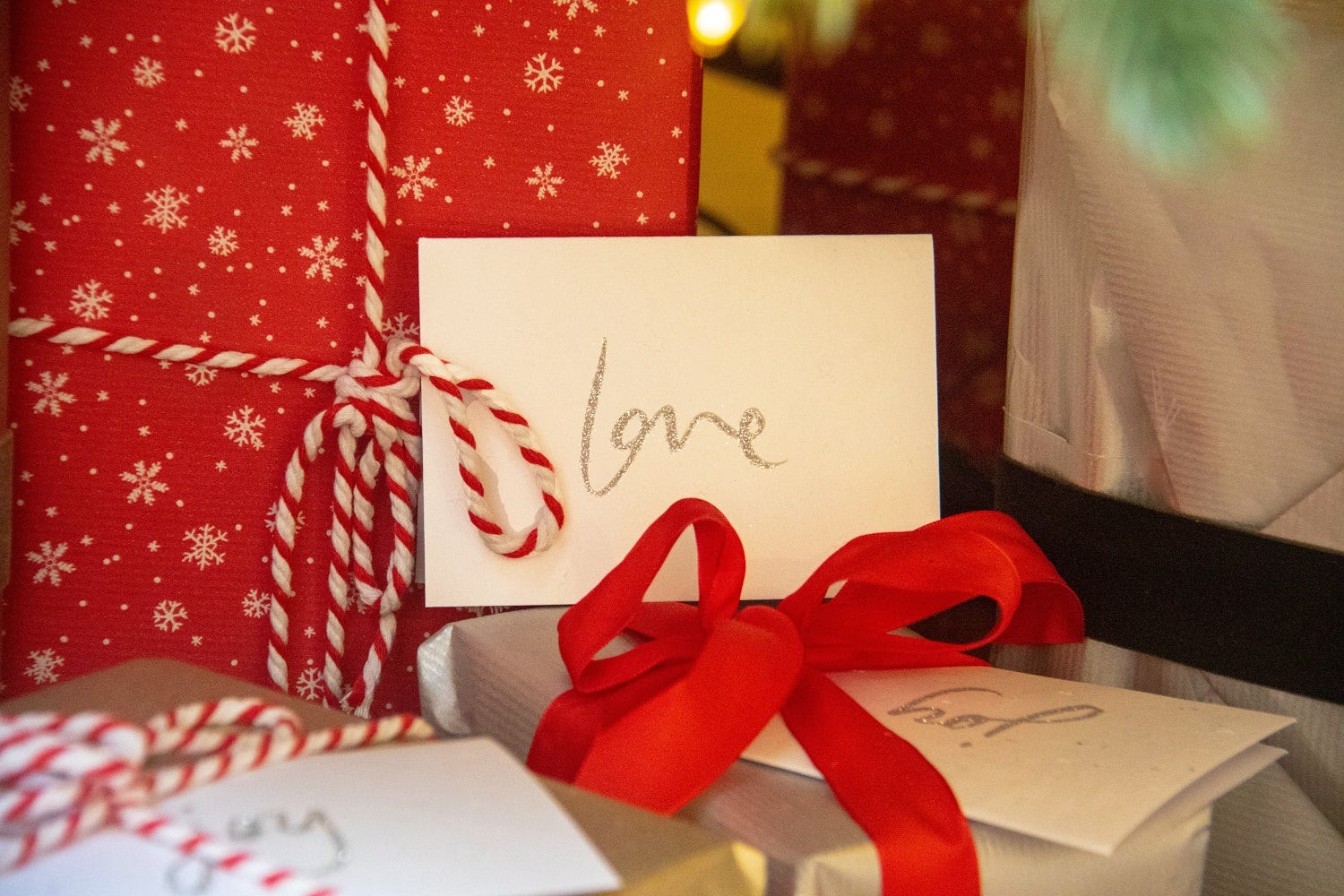Bleach bath hair is a hairstyle technique that will lighten your tresses at home. Soaking your hair in a bleach bath removes the melanin dye from your hair, allowing you to look like a blonde.
In this guide, we will cover everything you need to know about the step to bleach bath hair.
What Is Bleach Bath hair?
The primary composition of bleaching consists of mixing bleach powder with peroxide to lighten the hair. However, bleaching can have very damaging effects on your hair, damaging hair follicles overtime.
Conversely, a bleach bath hair is a much milder process, where a diluted solution is used, which is far gentler on your hair. Additionally, you can add shampoo to the mixture, which further dampens the damaging effects of bleach.
Why should you do a bleach bath?
As just mentioned, conventional bleaching is very damaging for the hair and its frequent application may lead to several complications. Therefore, an ideal alternative is bleach bath hair, which is a far safer procedure for all types of hair.
The indications to use bleach bath hair
Hair experts recommend opting for bleach bath hair in the following cases:
- To remove the existing permanent hair dye
- In order to fix over-toned hair
- To lighten your hair by one level
- To lighten fragile hair
If your current hair dye is resistant, you do not need to panic. A bleach bath hair can be very helpful in this situation.
Of course, a bleach bath hair may not be as effective as conventional bleaching in getting rid of the permanent hair dye; however, it will still do the job without causing any side effects. This is especially beneficial for people who already have brittle, fragile hair.
How to bleach bath your hair
The main ingredients you will need to bleach bath your hair include bleach powder, peroxide, and shampoo.
Here are the steps you need to follow:
1. Perform an allergy test
If you’ve never used a bleach bath before, it is better to do an allergy test to avoid undesirable reactions.
You need to dip a cotton ball into the blend then dab it on your hand. If your skin becomes red and irritated, it might indicate an allergy to one of the products. Many people are unsure of the result. If this is your case, it is better to wait for 48 hours while checking for any skin changes.
Also, if your hair is wet, be sure to check a dying your hair when wet guide.
If everything looks okay, you are good to go!
2. Prepare the blend
Here are the basic steps on how to bleach bath your hair:
Step one – Mix the bleach powder and the developer in a 1:2 ratio.
Note that the volume of the developer is an indication of how much peroxide it contains. You will find developers in different volumes, ranging from 10 (the weakest) to 40 (the strongest).
For a basic bleach bath, 10 would be optimal.
Step two – Add one part of shampoo with equal amounts of bleach powder.
Note that the intensity of the blend depends on the amount of bleach powder you include. Therefore, if you want to increase the intensity after doing bleach bath hair several times, just adjust the ratio to include more bleach.
How To Apply The Mixture
Wash your hair with cool water
The first step before applying a bleach bath is to dampen your hair with cool water. Next, let your hair air dry for a couple of minutes.
Wrap a towel around your shoulders
To avoid accidental drips, a towel around your shoulder is necessary, especially if you are wearing any clothes.
Ideally, you should wear an old T-shirt during the procedure. Make sure that you are wearing latex gloves to protect your skin from bleach burns.
Apply the bleach
Start from the tips of your hair, then work your way up to the roots. Once this step is complete, rub the rest of the mixture – similar to what you would do with shampoo when you take a shower.
Make sure that every strand gets soaked with the solution.
Secure your hair with clips
Clip your hair up to prevent the solution from dripping.
Wash your hair
Check the color of your hair every 5 minutes. Once you reach the desired color, wash out the bleach solution.
How long should you leave the bleach solution on your hair
Many people ask about the amount of time necessary for the bleach to take action. In reality, bleach will start discoloring your hair immediately after you apply it.
The real question is: what degree of lighting do you want on your hair?
Note that depending on the natural color of your hair and the volume of your solution, the time it takes to reach the desired color may vary from one person to another.
- As a general rule of thumb, for individuals who have already bleached their hair before, leaving the solution for 10 minutes may be appropriate.
- For those with very dark hair, the solution should be applied for 20–30 minutes.
- Finally, if you used a larger volume developer (30–40), you should not leave the bleach on for more than 7 minutes.
How to take care of a bleached hair
The best way to take care of bleached hair is by conditioning it once every 1–2 weeks. This process will restore the lost moisture, which prevents hair loss and other disorders.
You can also apply a heat-protectant spray before using heat styling tools in order to protect the follicles from thermo-damage.
If you just recently applied bleach bath hair, you should avoid straighteners, curling irons, and hair dryers for at least 4–5 days to prevent damage (freshly bleached hair is prone to microscopic injuries).
If you see your hair falling out in the shower, it might be good to check whether your hair fall is normal or not.
Takeaway message
Bleach bath hair is a very effective alternative to conventional bleaching without precipitating the usual complications. This procedure is easy, powerful, and safe.
We hope that this article managed to explain the necessary steps to bleach bath hair. However, if you still have questions about this process, do not hesitate to leave a comment in the section below.
For Write For Us Health And Wellness you Blogs Guidelines read at linked page.









